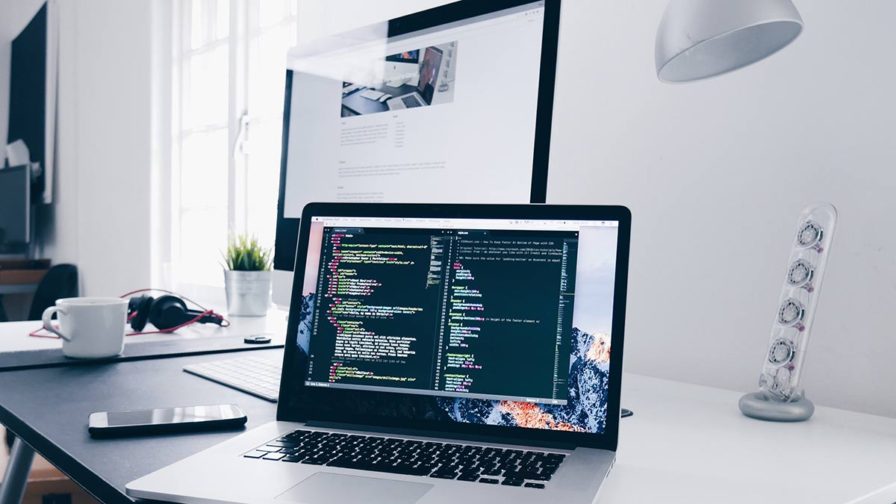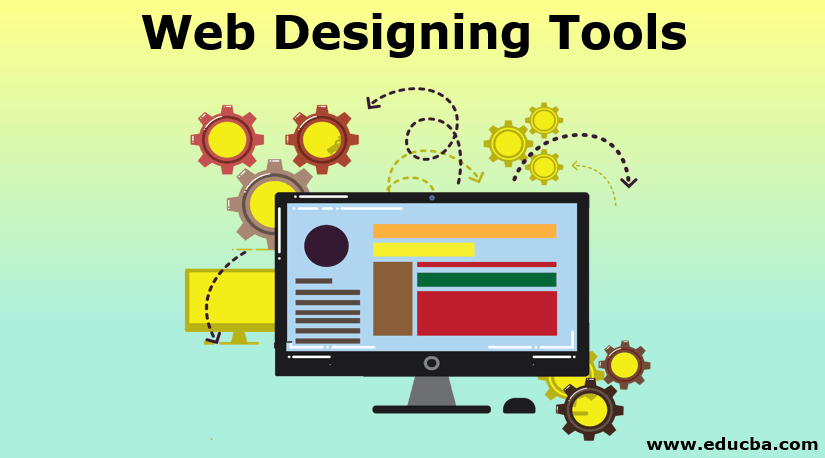Creative Aligned Position Web Design: Cutting-Edge Solutions for Your Website’s Success
Creative Aligned Position Web Design: Cutting-Edge Solutions for Your Website’s Success
Blog Article
The Most Effective Sorts Of Web Design to Improve Individual Experience and Interaction
In the ever-evolving landscape of electronic communication, the efficiency of Web style considerably influences user experience and interaction. Various design approaches, such as minimalist, receptive, and interactive layouts, each deal unique advantages that can cater to diverse user needs.
Minimal Website Design
As digital landscapes end up being progressively messy, minimal website design has actually arised as an effective approach to boosting user experience. This style ideology prioritizes simplicity, concentrating on crucial elements while eliminating unneeded distractions. By utilizing enough white room, straightforward navigation, and a limited shade combination, minimalist style fosters clearness and routes user attention to key web content.
The core concept of minimalist Web design is to produce a seamless communication for individuals. By reducing cognitive load, customers can swiftly understand info without really feeling bewildered. This direct method not just enhances functionality but likewise urges involvement, as visitors are more probable to check out a site that is visually appealing and easy to navigate.
In addition, minimal style frequently emphasizes typography and imagery, using these aspects purposefully to communicate messages properly. In significance, minimalist Web design is not simply a fad; it is a thoughtful method that acknowledges the relevance of user-centered layout.
Responsive Website Design
In today's diverse digital environment, receptive Web layout has actually become crucial for creating a seamless user experience throughout a wide range of tools. As individuals accessibility websites on mobile phones, desktops, laptop computers, and tablet computers, the ability of a site to adapt its format and material to different display dimensions and resolutions is important.
Responsive website design utilizes adaptable grids, photos, and CSS media inquiries to make certain that Web material exists ideally, despite the device made use of. This method not only improves the aesthetic charm of a web site however likewise substantially improves usability. Users are a lot more most likely to engage with a website that uses a regular experience, as it gets rid of the disappointment of having to focus or scroll excessively.
Additionally, search engines, including Google, prioritize mobile-friendly internet sites in search positions. By taking on receptive design, companies can enhance their exposure and get to a broader audience. This strategy likewise streamlines web site upkeep, as a solitary version of the site can accommodate all tools, decreasing the need for multiple variations. In summary, receptive Web design is a basic technique that boosts user experience, involvement, and total contentment.
Interactive Website Design
Receptive Web style lays the foundation for boosting individual experience, however interactive Web style takes this an action further by involving users in a much more dynamic way - Aligned Position Web Design. By integrating elements such as animations, clickable models, and real-time feedback, interactive Web style mesmerizes individuals, drawing them right into a richer browsing experience
This technique not just fosters interaction but additionally encourages users to explore material actively as opposed to passively eating it. Techniques such as gamification, where customers make incentives for completing tasks, why not try here can dramatically enhance the time invested in a site and boost total contentment. Moreover, interactive attributes can simplify complicated info, making it more enjoyable and digestible.

Integrating interactive style components can additionally result in higher conversion prices, as users are more probable to engage with a website that actively includes them. Aligned Position Web Design. Ultimately, interactive website design transforms individual experiences into memorable journeys, making certain that visitors return time and once again
Flat Style
Defined by its minimalistic approach, flat style emphasizes simpleness and functionality, removing unnecessary components and concentrating on vital functions. This style viewpoint focuses on use, guaranteeing that customers can browse interfaces with convenience and effectiveness. By utilizing a clean aesthetic, flat layout gets rid of the clutter commonly discovered in more elaborate designs, thus enhancing user concentrate on web content and performance.
The hallmark of flat design hinges on its use strong shades, straightforward typography, and geometric forms. These components add to a visually attractive interface that is both modern and friendly. In addition, level layout cultivates a sense of clarity, enabling customers to discern important activities and info without interruption.
In addition, level design is especially effective in receptive Web style, as its simplicity translates well throughout different devices and display dimensions. By concentrating on vital attributes, flat layout not just meets user requirements however also motivates smooth communication, making it an important part of efficient Web style techniques.
Adaptive Website Design
Flexible website design personalizes the user experience by producing several dealt with designs customized to different display sizes and gadgets. Unlike responsive layout, which fluidly adjusts a single design, flexible style utilizes distinctive layouts for specific breakpoints, ensuring optimal presentation on various systems. This technique permits developers to concentrate on the special qualities of each tool, enhancing functionality by providing exactly what users need based on their context.
Among the primary benefits of adaptive Web layout is its capability to enhance load times and performance. By serving tailored web content and photos that fit the user's gadget, sites can lessen data use and boost loading rates. This is especially beneficial for customers with slower connections or minimal information strategies.

Additionally, adaptive layout helps with a more constant and regulated branding experience. Considering that designers create several formats, they can make certain that the visual components straighten with the brand's identification throughout different platforms - Aligned Position Web Design. This leads to a cohesive user experience, boosting involvement and advertising individual retention
Final Thought
Finally, the integration of minimal, responsive, and interactive Web style concepts dramatically boosts user experience and interaction. Minimalist style cultivates clearness and focus, while responsive layout makes sure versatility across different tools, advertising availability. Interactive layout captivates customers via dynamic aspects, encouraging expedition and customization. Jointly, these style comes close to add to the creation of easy to use atmospheres that not just my company boost fulfillment however additionally drive higher conversion rates, highlighting their essential value in contemporary Web style techniques.

Minimalist design promotes clearness and emphasis, while responsive style makes sure flexibility throughout numerous devices, promoting accessibility. Jointly, these layout comes close to contribute to the production of user-friendly settings that not only improve fulfillment yet Continue likewise drive greater conversion rates, emphasizing their critical significance in modern Web layout methods.
Report this page